- 11 Historic Wildfires That Changed Fire Management Data Reveals - October 4, 2025
- The 1883 Krakatoa Event And Its Global Weather Effects Records Show - October 2, 2025
- How Scientists Use Climate Models To Forecast The Future - October 2, 2025
Surprising Ways Climate Change Impacts Wildlife
Melting Habitats: The Arctic’s Shifting Landscapes
The Arctic is a vast, icy world where numerous species such as polar bears, seals, and Arctic foxes thrive. However, climate change is causing ice sheets to recede at alarming rates, disrupting the natural habitat of these indigenous creatures. Without ice, polar bears struggle to hunt seals, their primary food source. The seals, on the other hand, lose important breeding grounds, thus threatening their population. Moreover, the entire ecosystem is affected as algae, which grows under ice, diminishes and impacts the entire food chain. Just like dismantling the foundation of a building can lead to its collapse, removing these critical components can devastate the Arctic ecosystem.
Coral Reefs: Underwater Cities in Peril

Coral reefs are often referred to as the rainforests of the sea. These vibrant ecosystems support a dizzying array of life, from fish to mollusks to crustaceans. Unfortunately, rising ocean temperatures are causing coral bleaching, leading to widespread destruction of these underwater habitats. Without corals, many marine species lose their homes and food sources. The ripple effects can be catastrophic, not only for marine life but also for human communities that rely on reefs for tourism and fishing. It’s akin to bulldozing a bustling city without warning, leaving its inhabitants homeless and destitute.
Forest Fires: Nature’s Relentless Flames
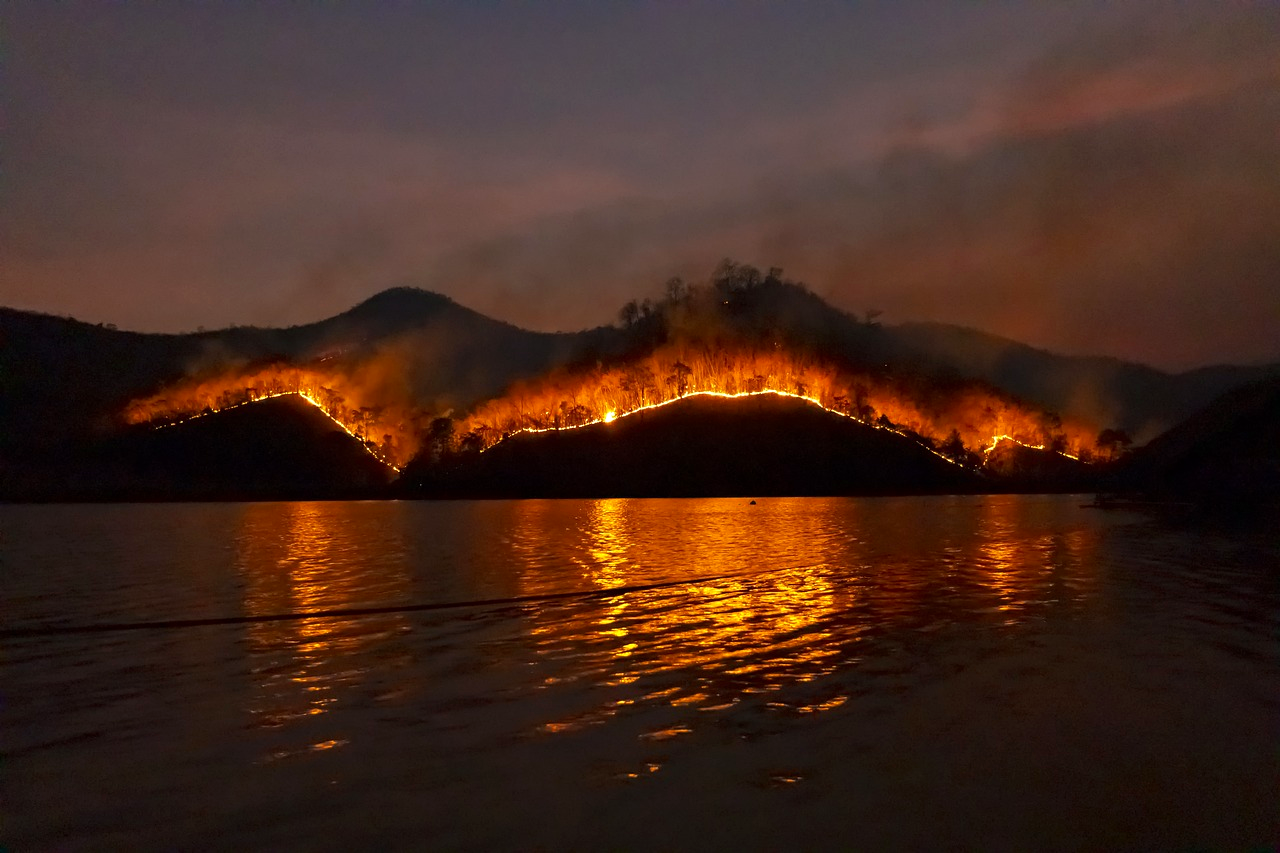
Forests across the globe, from the Amazon to the Boreal woods, are experiencing a surge in wildfires. These fires, fueled by drier conditions and increased temperatures, lead to habitat loss for countless species. Animals like koalas, orangutans, and elk either perish in the flames or face daunting challenges as they relocate. The destruction of trees means less carbon is absorbed from the atmosphere, exacerbating climate change. It’s a vicious circle; think of it as kindling a fire that grows larger with each passing moment, consuming everything in its path.
Ocean Acidification: Changing the Chemistry of Life
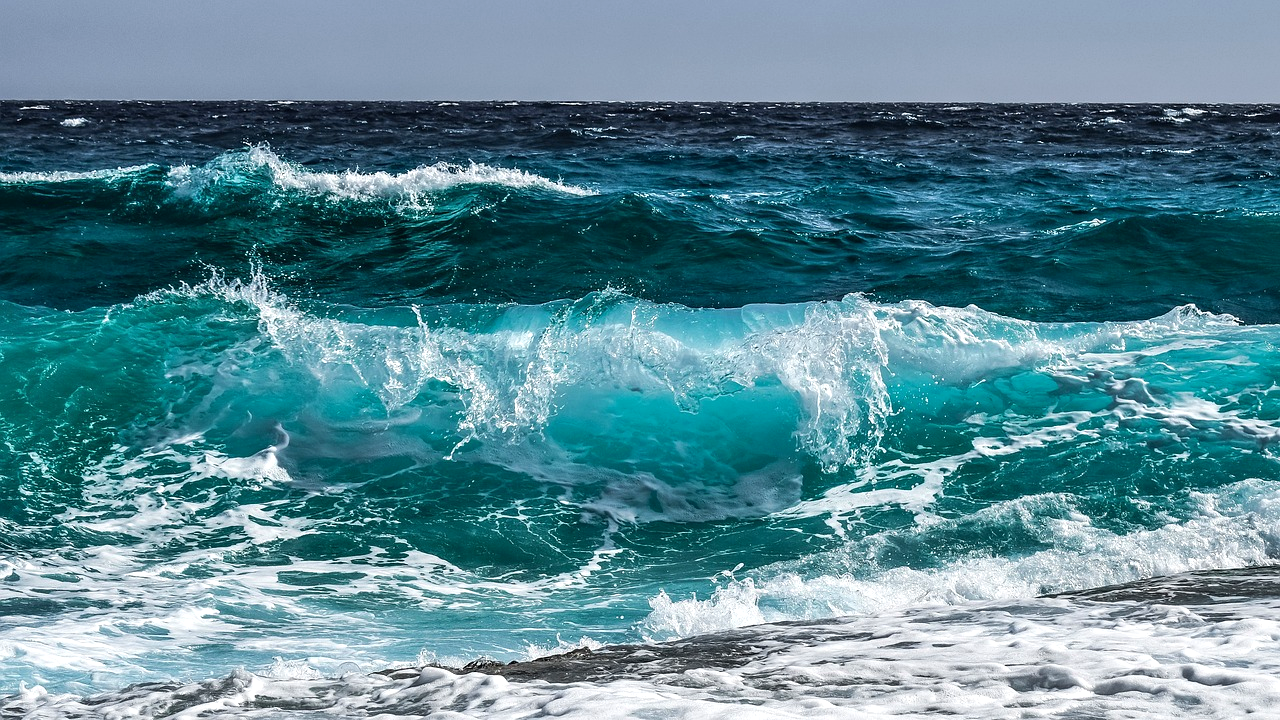
As carbon dioxide levels rise, the oceans absorb more CO2, leading to ocean acidification. This shift in water chemistry can have devastating impacts on marine life, especially shell-forming organisms. Creatures like oysters and clams struggle to build their shells in acidic waters, affecting their survival rates. These foundational species play a pivotal role in aquatic food webs, and their decline can ripple throughout the ecosystem. Imagine trying to build a house with crumbling bricks; the structure is bound to fail.
Changing Migration Patterns: Lost and Confused
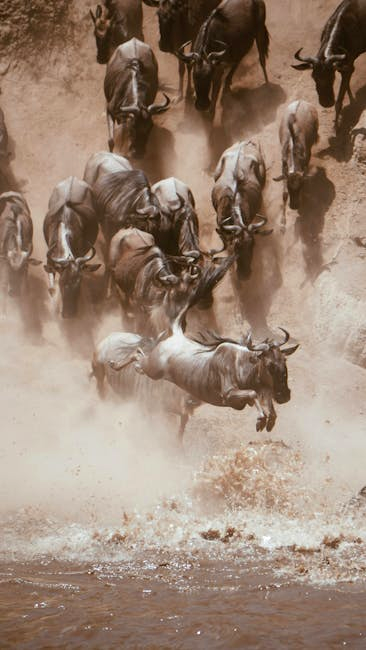
Many species depend on predictable seasonal changes to migrate. Birds, whales, and insects travel thousands of miles to reach their breeding grounds. However, climate change disrupts these patterns, leading to premature or delayed migrations. Such timing mismatches can affect food availability and reproduction success rates. When nature’s clock is out of sync, it’s like setting your watch wrong and arriving late to every appointment, resulting in missed opportunities and chaos.
Increased Disease Spread: A Growing Threat
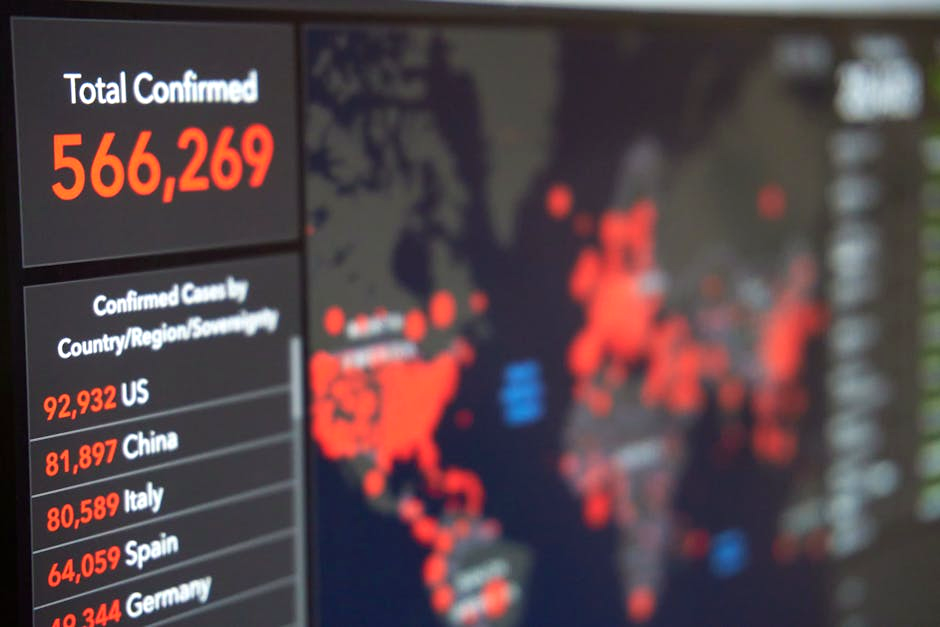
As climates warm, diseases once confined to certain regions are spreading. Warmer temperatures enable pathogens and their carriers, like ticks and mosquitoes, to thrive in new areas. Wildlife populations face new threats from diseases like Lyme disease, avian malaria, and pest infestations. Animals weakened by illness may struggle to survive, further disrupting ecosystems. This scenario resembles opening Pandora’s box where once-contained troubles spill out into new territories, leaving havoc in their wake.
Altered Food Chains: The Domino Effect
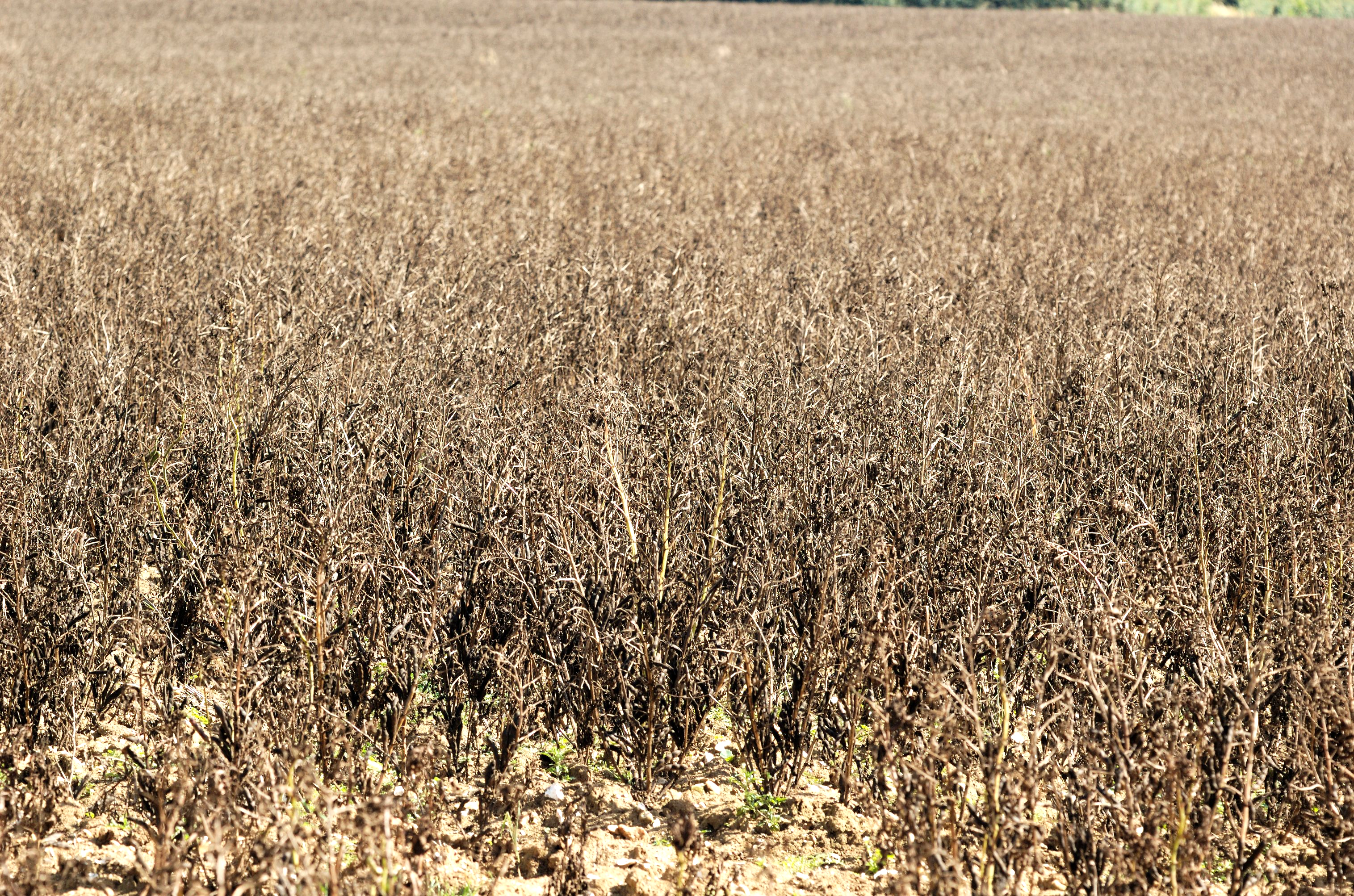
Climate change can shift the delicate balance of food chains. A change in temperature might affect plankton populations, impacting entire marine ecosystems. Likewise, a heatwave might wipe out plants that herbivores rely on, and subsequently, predators suffer as their prey dwindles. These shifts can lead to unexpected predator-prey relationships and changes in species dominance. It’s akin to knocking over the first domino in a line; once it falls, everything else follows in its path.
Destructive Storms: Power Unleashed
The increasing intensity and frequency of storms, such as hurricanes and typhoons, has become a hallmark of climate change. These destructive forces can devastate habitats in mere hours, uprooting trees, submerging lands, and altering landscapes. Wildlife is often left with no choice but to flee or face death. The aftermath leaves scars on the environment, destabilizing ecosystems and making recovery difficult. Think of it as nature’s version of a massive urban redevelopment project, but one that comes with an incredible cost.
Changes in Water Availability: A Drying World
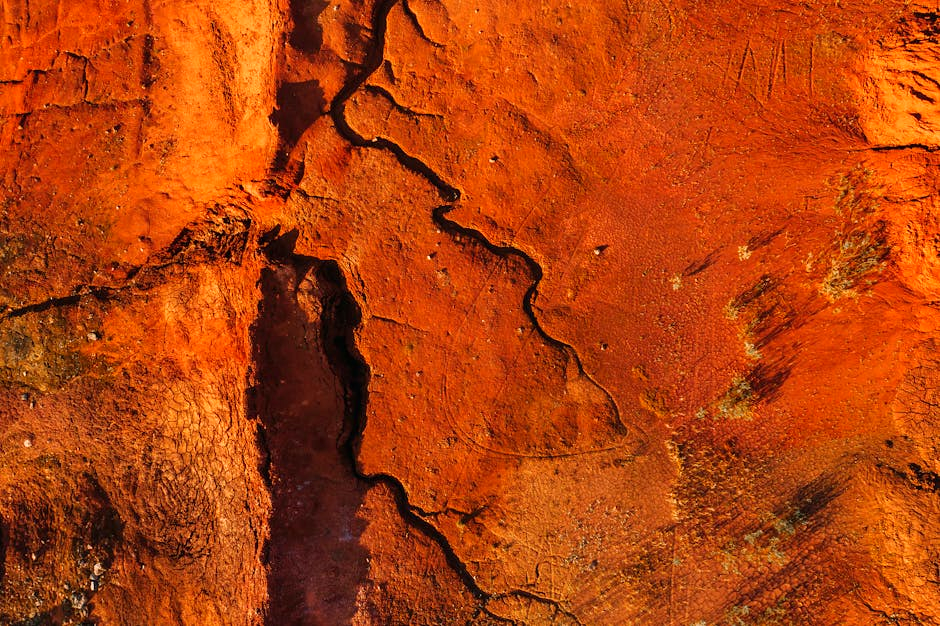
Water is the lifeblood of both animals and plants, but climate change is redistributing this precious resource unevenly. Some regions experience severe droughts while others face unpredictable flooding. Wildlife accustomed to specific water availability may struggle to adapt, leading to mass migrations or die-offs. The lack of water can collapse entire ecosystems, as plants wither and animals move in search of sustenance. It’s like cutting off the power supply in your home; everything grinds to a halt.
Genetic Changes: Evolution at Warped Speed

Facing new environmental pressures, many species may experience rapid genetic changes as they adapt to survive. Sometimes, these changes can be advantageous, while at other times, they may become detrimental. Rapid evolution might help certain species endure new climates, while others who can’t adapt quickly enough may face extinction. It’s a race against time, much like having only a few minutes to complete a puzzle that usually takes hours.
